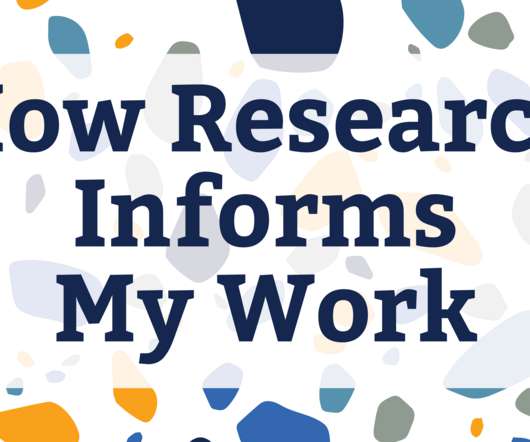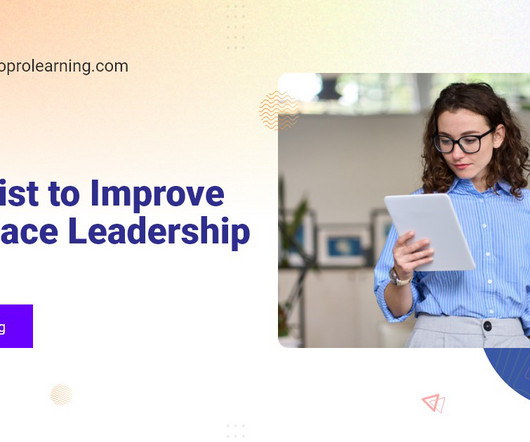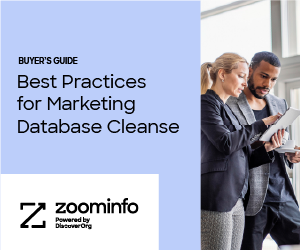Your Go-To Guide to Creating an Engaging eLearning Course Without the Hassle
Hurix Digital
MAY 4, 2025
Conduct a Thorough Evaluation and Assessment Implement robust evaluation and assessment strategies to measure learner progress and course effectiveness. Use a variety of assessment methods, such as quizzes, assignments, and peer reviews, to gauge learner comprehension and mastery of course material.
























































Let's personalize your content